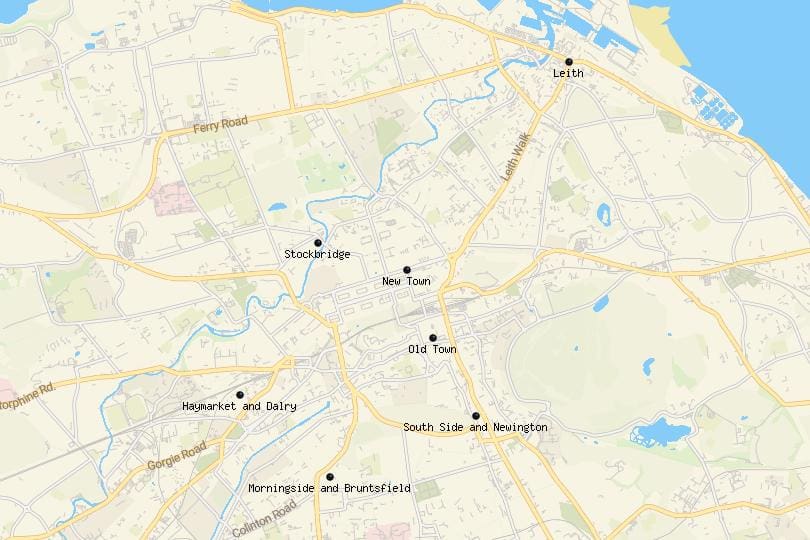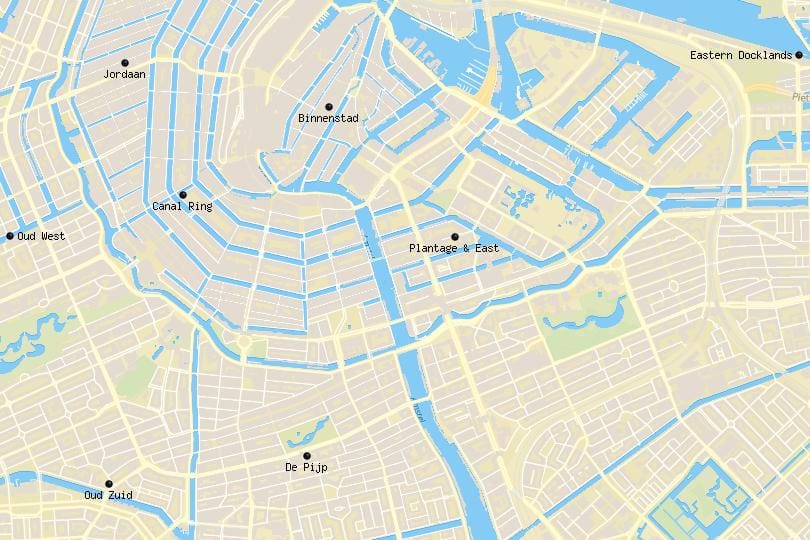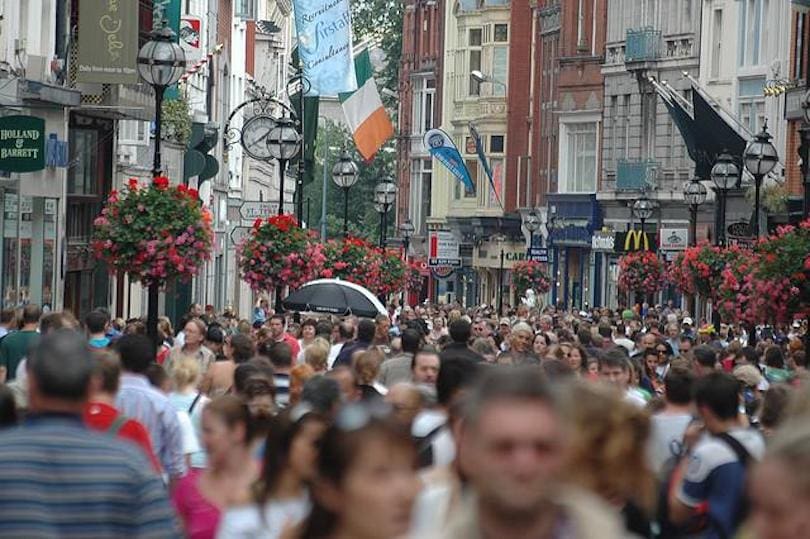India Gate, located in the heart of New Delhi, is a majestic monument that commemorates the Indian soldiers who died fighting for the British Indian Army in World War I. This imposing structure is not just a war memorial but a symbol of national pride and unity. In this article, we will take a closer look at India Gate, its history, architecture, and significance.
History of India Gate
The idea of constructing a war memorial for Indian soldiers who died fighting in World War I was first proposed by Lord Chelmsford, the then Viceroy of India, in 1919. The foundation stone was laid by the Duke of Connaught in 1921, and the monument was completed in 1931. Originally known as All India War Memorial, it was later renamed India Gate in 1971.
Architecture and Design
India Gate was designed by Sir Edwin Lutyens, a prominent British architect who also designed several other buildings in Delhi, including the Rashtrapati Bhavan and the Parliament House. The monument stands at a height of 42 meters and is made of sandstone. The structure consists of a central arch with a diameter of 9.1 meters and a height of 13.5 meters, and is flanked by two pavilions. The names of more than 13,000 Indian soldiers who died fighting in World War I and the Afghan Wars are inscribed on the walls of the monument.
Significance of India Gate
India Gate is not just a war memorial but a symbol of national pride and unity. It is a popular tourist attraction in Delhi and a favorite spot for picnics and evening strolls. The monument is also a venue for the annual Republic Day parade, which is attended by the President of India, foreign dignitaries, and thousands of people.
India Gate holds a special place in the hearts of Indians and is a testament to the sacrifices made by Indian soldiers for their country. It is a reminder of the courage and bravery of the Indian soldiers who fought for the British Indian Army in World War I and the Afghan Wars.
Surroundings of India Gate
The surroundings of India Gate are a popular hangout spot for both locals and tourists. The lawns surrounding the monument are beautifully landscaped and are a favorite spot for picnics and evening walks. There are several food stalls and vendors selling snacks and souvenirs. At night, the monument is illuminated, which adds to its grandeur and charm.
How to Reach India Gate
India Gate is located in the heart of Delhi and is easily accessible by road and metro. The nearest metro station is Central Secretariat, which is on the Yellow and Violet lines. From there, one can take an auto-rickshaw or walk to the monument.
Best Time to Visit India Gate
The best time to visit India Gate is during the winter months, from November to February, when the weather is pleasant and conducive to outdoor activities. The monument is open to visitors 24 hours a day, so one can visit at any time of the day or night.
Interesting Facts about India Gate
- The Amar Jawan Jyoti, an eternal flame, was added to India Gate in 1971 to honor the Indian soldiers who died in the Indo-Pak War of 1971.
- India Gate was inspired by the Arc de Triomphe in Paris, France.
- The design of India Gate was selected from a competition that was held in 1921.
- India Gate was inaugurated by the then Viceroy of India, Lord Irwin, in 1931.
- The monument is made of sandstone, which was brought from Rajasthan.
Conclusion
India Gate is more than just a war memorial; it is a symbol of national pride and unity. The monument serves as a reminder of the sacrifices made by Indian soldiers for their country and honors their courage and bravery. Its impressive architecture and beautiful surroundings make it a popular tourist destination, and its significance to the people of India cannot be overstated. India Gate is a testament to the country’s rich history and serves as a source of inspiration for generations to come.
Travel Tips & Tourist Attractions:
- India Gate is open 24 hours a day and is free to visit.
- The best time to visit is in the evening when the monument is illuminated and the fountain is lit up.
- Don’t forget to try the street food vendors around India Gate. They offer a variety of delicious snacks and drinks.
- Take a stroll around the nearby Rajpath area and enjoy the beautiful greenery and architecture.
- If you’re interested in history, visit the nearby National Museum or National Gallery of Modern Art.
FAQs:
- What is the history behind India Gate?
India Gate was built to honor the Indian soldiers who lost their lives during World War I. It was completed in 1931 and is located in the heart of New Delhi.
- Can visitors enter India Gate?
Visitors can enter the monument and walk around the surrounding gardens, but the interior of the monument is not open to the public.
- Is there an entry fee to visit India Gate?
No, India Gate is free to visit.
- What is the best time to visit India Gate?
The best time to visit India Gate is in the evening when the monument is illuminated and the fountain is lit up.
- Are there any nearby attractions to visit along with India Gate?
Yes, the nearby Rajpath area offers beautiful greenery and architecture to enjoy. Also, the National Museum and National Gallery of Modern Art are located nearby for those interested in history and art.
















You could certainly see your expertise within the work you write. The world hopes for even more passionate writers like you who aren’t afraid to mention how they believe. At all times go after your heart.
I am usually to blogging and i actually admire your content. The article has really peaks my interest. I’m going to bookmark your web site and maintain checking for brand new information.
What i do not realize is actually how you’re not actually much more smartly-liked than you may be right now. You’re very intelligent. You understand therefore significantly when it comes to this subject, produced me for my part consider it from so many numerous angles. Its like women and men don’t seem to be involved until it is something to do with Lady gaga! Your personal stuffs excellent. Always maintain it up!
Hi there, just was aware of your blog through Google, and located that it’s really informative. I’m going to be careful for brussels. I’ll be grateful should you proceed this in future. Lots of other people will probably be benefited out of your writing. Cheers!